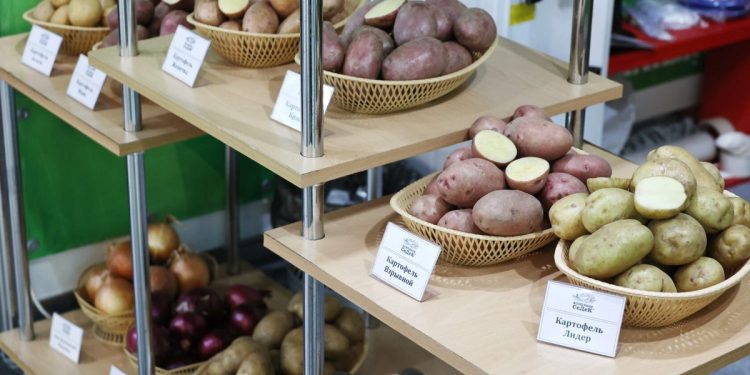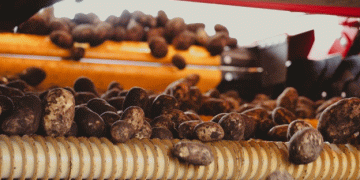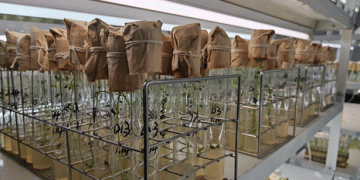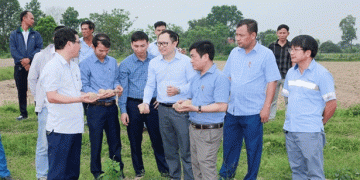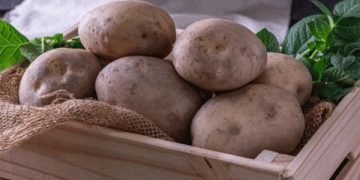#Agriculture #PotatoBreeding #AgriculturalInnovation #RussianAgriculture #PotatoProcessing #CulinaryCulture #DomesticSeedProduction
In the vast expanses of Russia’s agricultural landscape, a shift is underway, as domestic potato breeding takes center stage against imported varieties. With only 9% of seeds originating from Russian breeders in 2023, Vice Premier Viktoria Abramchenko aims to bolster this figure to at least 50% by 2030.
Despite the current disparity, advocates like Dubinina, CEO of “SeDeK-Domodedovo,” champion the superior taste and resilience of homegrown varieties, emphasizing traits like texture and high yields. Such sentiments are echoed by Dr. Sergei Zhevor, Director of the Federal Potato Research Center, who asserts that Russian varieties often outshine their foreign counterparts.

One such example is the “Vostorg” variety, poised to revolutionize the potato processing industry, as indicated by its adoption by Lipetsk-based company “ViFry.” Dr. Zhevor also highlights ongoing efforts to develop early-maturing varieties like “Sprinter” and strains tailored for processing into dried potato puree.
The drive for innovation extends beyond traditional breeding institutions, with companies like “Dary Malinovki” venturing into seed production to address the dearth of quality material in regions like Krasnodar. According to Vasily German, Chairman of the Board at “Dary Malinovki,” Russian breeding has made significant strides in recent years, boasting superior traits in certain varieties.
However, challenges persist, as Anna German, Director of “Dary Malinovki,” laments the lack of potato culinary culture in Russia. To address this, the company collaborates with restaurants and academic institutions like the Institute of Gastronomy at the Siberian Federal University, striving to educate consumers on the diverse uses and culinary potential of potatoes.
While the Russian potato industry faces hurdles in achieving self-sufficiency, the momentum towards prioritizing domestic breeding and cultivating a potato-centric culinary culture signals a promising future for the nation’s agricultural landscape.
